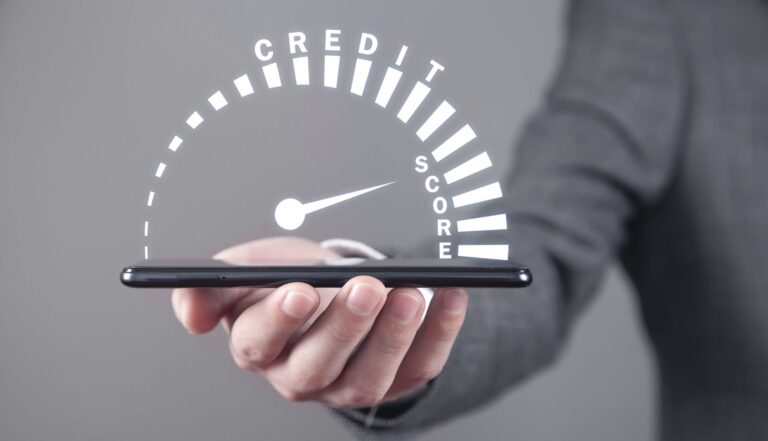Credit scores impact the important financial transactions that you’ll make, such as qualifying for a loan, getting approved for a mortgage, or buying a new car. A higher credit score can give you access to better credit products at lower interest rates.
But what’s a good credit score and what’s a bad one? In this article, we’ll explore the difference between good and bad credit scores and how to undergo credit repair when your score is low!
What Is a Credit Score?
A credit score is a three-digit number, usually between 300 and 850, that estimates how likely you are to repay borrowed money. The data is used by banks and other financial organizations to analyze your financial behaviors and see how financially trustworthy you are.
Credit scores are calculated using the existing information about your credit accounts. That data is gathered by credit-reporting agencies and compiled into your credit reports.
What Is a Good Credit Score?
A high credit score makes getting approved for a new line of credit easier. So, how do you know whether your credit score is good enough?
There are actually five ranges that credit scores fall under that determine your creditworthiness:
- 300 to 579: Poor
- 580 to 669: Fair
- 670 to 739: Good
- 740 to 799: Very Good
- 800 to 850: Exceptional
If you want a decent credit score, you should aim to maintain it around 700 to be on the safe side.
Factors Affecting Your Credit Score
Now that you are aware of good versus bad credit scores, you might be wondering what determines your score. Here are three factors that impact your score:
Payment History
Payment history accounts for 35% of your credit score, meaning late payments will lower your score but timely payments will help rebuild it. How far behind you are on a bill payment, the number of accounts that show late payments, and whether you’ve brought the accounts current are all factors that impact your credit score.
Also, remember that a late payment that’s thirty days or more past the due date stays on your credit history for years until the statute of limitations expires.
Credit Utilization
Just like payment history, credit utilization also contributes significantly to your score–specifically 30%. This term describes how much of your credit limit you are using. Simply put, lower utilization is better, so aim to use less than 30% of your credit limit.
To calculate your utilization, divide your outstanding balance on each revolving account by its credit limit, then multiply by one hundred to express the answer as a percentage.
Length of Credit History
The length of your credit history accounts for 15% of your score. The longer your history of making timely payments, the higher your score will be, which is why you should keep many of your accounts open and active.
How to Improve Your Credit Score
Having a lower credit score can having long-standing impacts, so here’s how you can improve yours:
Dispute Errors
Review your credit report to spot fraudulent or inaccurate negative items. These items can lower your score unfairly. If you find evidence of inaccurate items, consult a professional repair service to dispute those errors and have them removed from your report.
Make On-Time Payments
Pay your bills on time every month. If you can’t afford to make the payment, set up a payment plan. Payment plans won’t hurt your credit, but failing to pay altogether will.
If you pay rent, you can use a rent-reporting service to boost your score through timely rental payments.
Lower Utilization Rates
Your utilization rate is determined by comparing your balances to your available credit. An acceptable utilization rate is around 30%. If you carry higher balances on your credit cards, you should develop a debt pay-off plan to reduce your utilization rate.
Final Thoughts
Finally, while these steps are simple in theory, implementation isn’t always easy. So, working with credit experts and having a strategy to remain consistent in building your credit is important.
Wondering how long it takes for your credit to improve after you pay collections? Check out our latest post!

